- Write by:
-
Monday, January 4, 2021 - 12:35:39 PM
-
598 Visit
-
Print
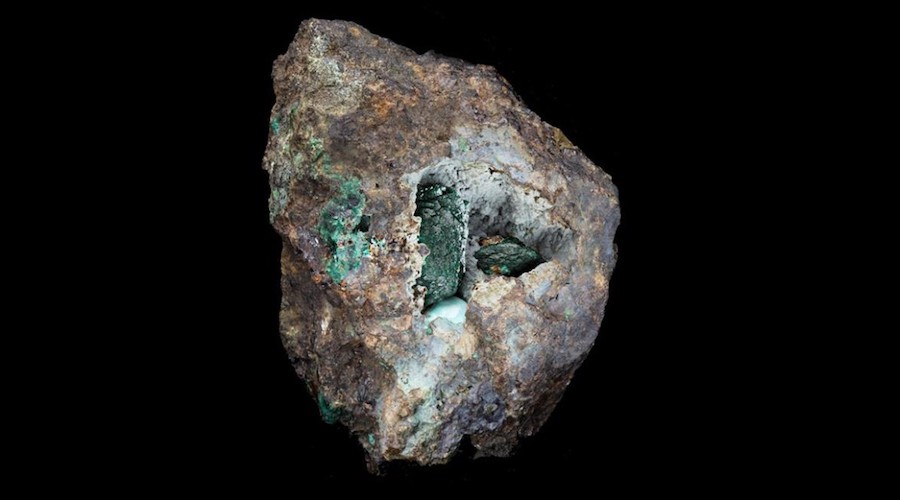
Mining News Pro - Researchers from London’s Natural History Museum, the Diamond Lightsource in Harwell, Oxford, and Slovakia discovered a new mineral almost by accident when investigating a sample of liroconite, a bright blue mineral recovered from a mine in Cornwall 220 years ago.
In a quest to properly curate it, lead researcher Mike Rumsey was trying to understand why liroconite’s color varies from bright teal-blue all the way to dark emerald green.
“It turns out that the darkest green samples are sufficiently chemically different to the blue’s that we, as mineralogists, would define it as a new species,” Rumsey said in a media statement.
The new species has been named kernowite after Kernow, the Cornish word for Cornwall, which is the only location from where it has been recovered. Details about the new mineral’s existence will be published in an upcoming number of the Mineralogical Magazine.
To be described as a new species, a mineral needs to meet a number of criteria. These relate largely to determining what the chemistry of the new material is and how the atoms within the material are arranged in three-dimensional space and then how that arrangement repeats to make up the crystals that the human eye can see. This is what mineralogists call crystal structure.
According to Rumsey, in the crystal structure of liroconite, one of the positions where an atom is can contain either aluminum or iron. For liroconite, the position is dominantly filled with aluminum and the physical crystal ends up being blue.
For kernowite, on the other hand, the position is instead dominantly filled with iron and the result is a green crystal.
“We think that the more iron the darker the green, but that still needs some more work and more samples to confirm,” the researcher said. “Both minerals have exactly the same crystal structure meaning that all the atoms are in the same positions, it is just the chemical composition that varies.”
Kernowite was recovered from a place called Wheal Gorland, from which the majority of the world’s liroconite is derived. The mine was active between 1790 and 1909, but it has been demolished now.
On the site, there is a housing estate, which means that new excavations cannot be performed.
However, Rumsey hopes that since liroconite is a mineral highly prized among collectors, some of the samples already out there in museums and private sets may actually be kernowite just waiting to be discovered.
Short Link:
https://www.miningnews.ir/En/News/609907

Zimbabwe’s President Emmerson Mnangagwa has re-appointed Winston Chitando as the southern African nation’s mines ...
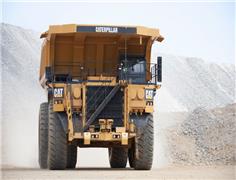
A new report by IDTechEx states that investing in e-haul trucks could result in major savings for miners due to the ...

Canada and its Five Eyes Alliance partners are working on put forward a response to tackle the price manipulation of ...

Interros, Nornickel’s largest shareholder, on Monday called allegations by fellow shareholder Rusal about undervalued ...

Copper traded near $10,000 a ton, hitting a new two-year high on its way, as investors continue to pile in on a bet that ...

Adriatic Metals is taking over as the operator of the Rupice deposit development, which is part of the company’s Vares ...
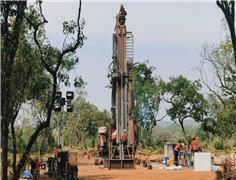
A prefeasibility study for Predictive Discovery’s (ASX: PDI) Bankan gold project in Guinea gives it a net present value ...
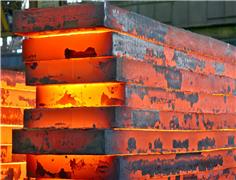
Iron ore futures prices drifted higher on Thursday as the latest soft data from top consumer China triggered renewed ...
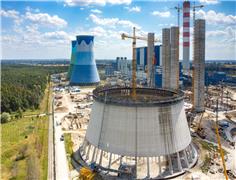
Polish government is abandoning plans to separate coal-fired power plants into a special company and is considering ...
No comments have been posted yet ...